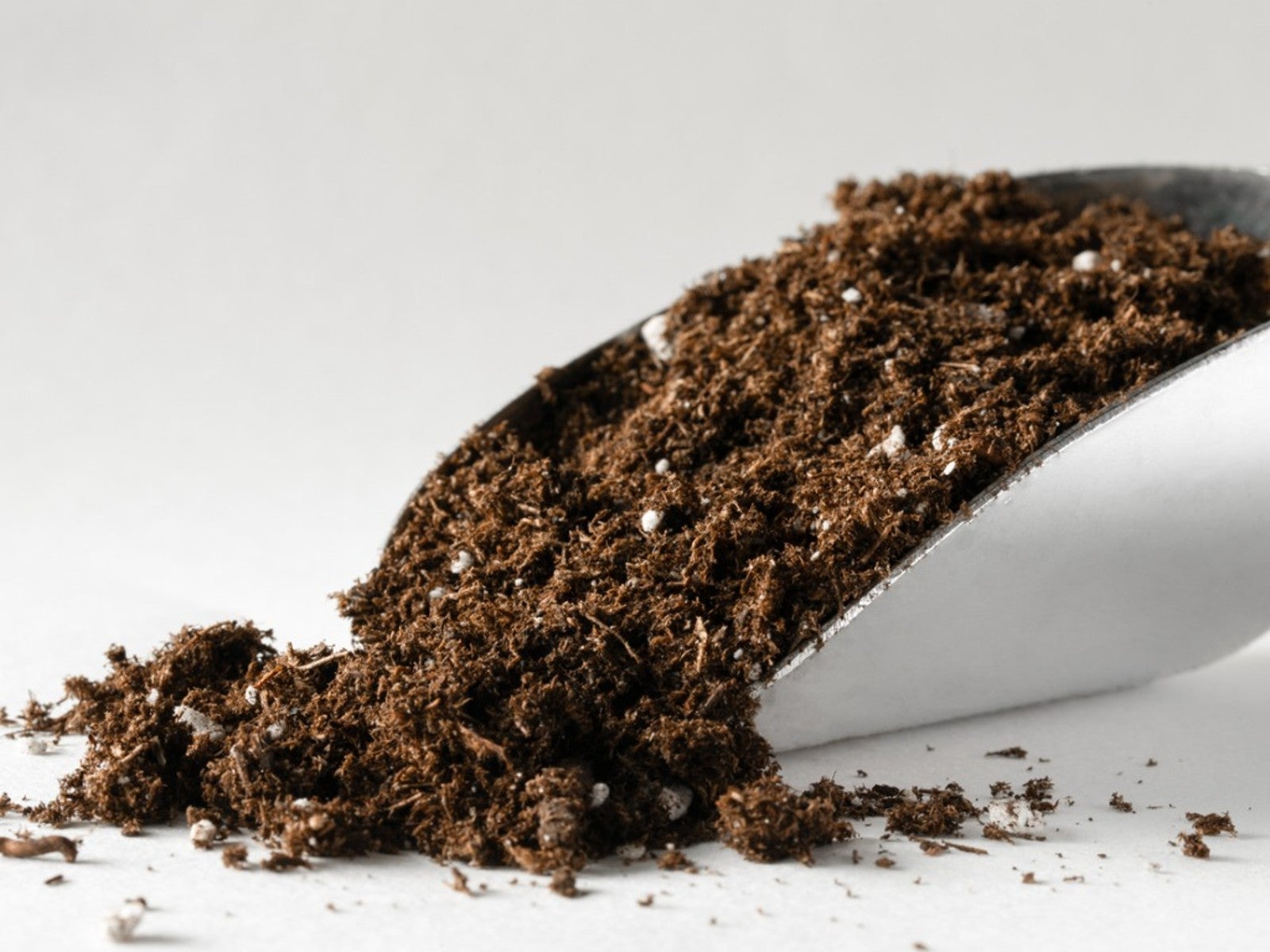Best Potting Soil For Vegetables In Containers


Picking the correct potting soil for container vegetables is the key to a successful harvest. For veggies to grow and produce edible roots, foliage or fruit, the growing medium must provide both water and nutrients. The ideal soil will retain sufficient amounts of moisture without becoming oversaturated. Soggy soil creates anaerobic conditions that inhibit the uptake of nutrients.
Meeting the Needs of Potted Veggies
Plants require water to absorb nutrients from the soil as well as for photosynthesis. However, too much water is as detrimental to plant health as too little. This makes good drainage essential whether garden veggies are planted in the ground or in pots. Yet, soil from the garden is seldom a wise choice for a container garden.
When used in potted plants, garden soil tends to be very dense or heavy. It not only retains too much water, but also lacks sufficient aeration for oxygen exchange. Although soil in the ground is aerated naturally by earthworms as they tunnel in search of edible material, there is insufficient food to support an active earthworm population in a potted plant.
As gardeners, we can create the correct balance of moisture and aeration by our choice of potting soil. The best soil mix for container vegetable garden plants is a soilless medium. These mixes contain a variety of materials which are designed to drain well and remain aerated.
Components of Potting Soil
When searching for the best soil to grow vegetables in pots, gardeners have the option of creating their own medium for potted plants or purchasing a commercial mix. Here are the types of materials used to promote aeration and drainage in container garden mixes:
- Bark – Ground bark is economical and can add weight to help stabilize top-heavy plants. It doesn't retain moisture as well as peat, but decomposes slower and uses less nitrogen. For added aeration, choose bark chips.
- Coir – Made from coconut husks, coir is composed of cellulose fibers which have a high capacity for absorbing and retaining water. It maintains soil oxygen levels without becoming soggy and decomposes slowly. Coir can be purchased in blocks which need to be soaked before using.
- Compost – Well-decomposed organic materials promote drainage and boost the nutrient levels in potting mixes, but compost can compact and reduce oxygen levels. Sterilize compost before adding it to potting soil for vegetables and limit this component to about one-third of the overall mix.
- Fertilizer – Including slow-release fertilizer in a soilless mix provides the necessary nutrients for a successful container garden. For flowering or fruiting veggies use a 5-10-5 granular product.
- Perlite – Used for aeration and drainage, perlite is a light-weight inorganic material derived from volcanic rock. It doesn't provide any nutrients.
- Sand – Known for its ability to drain water, sand adds weight to potted plants. It also compacts when wet and reduces oxygen levels. Avoid polymeric sand as this product can contain bonding agents.
- Sphagnum peat moss – This naturally-occurring bogland material is a popular component in soil for potted vegetables. It doesn't compress, but retains moisture and is lightweight. The downside is peat moss is a non-renewable resource.
- Vermiculite – When used in potting mixes, this inorganic material helps retain moisture, nutrients and fertilizer. Vermiculite is a manufactured product that doesn't decompose and is sterile.
Gardening tips, videos, info and more delivered right to your inbox!
Sign up for the Gardening Know How newsletter today and receive a free copy of our e-book "How to Grow Delicious Tomatoes".

Laura Miller has been gardening all her life. Holding a degree in Biology, Nutrition, and Agriculture, Laura's area of expertise is vegetables, herbs, and all things edible. She lives in Ohio.